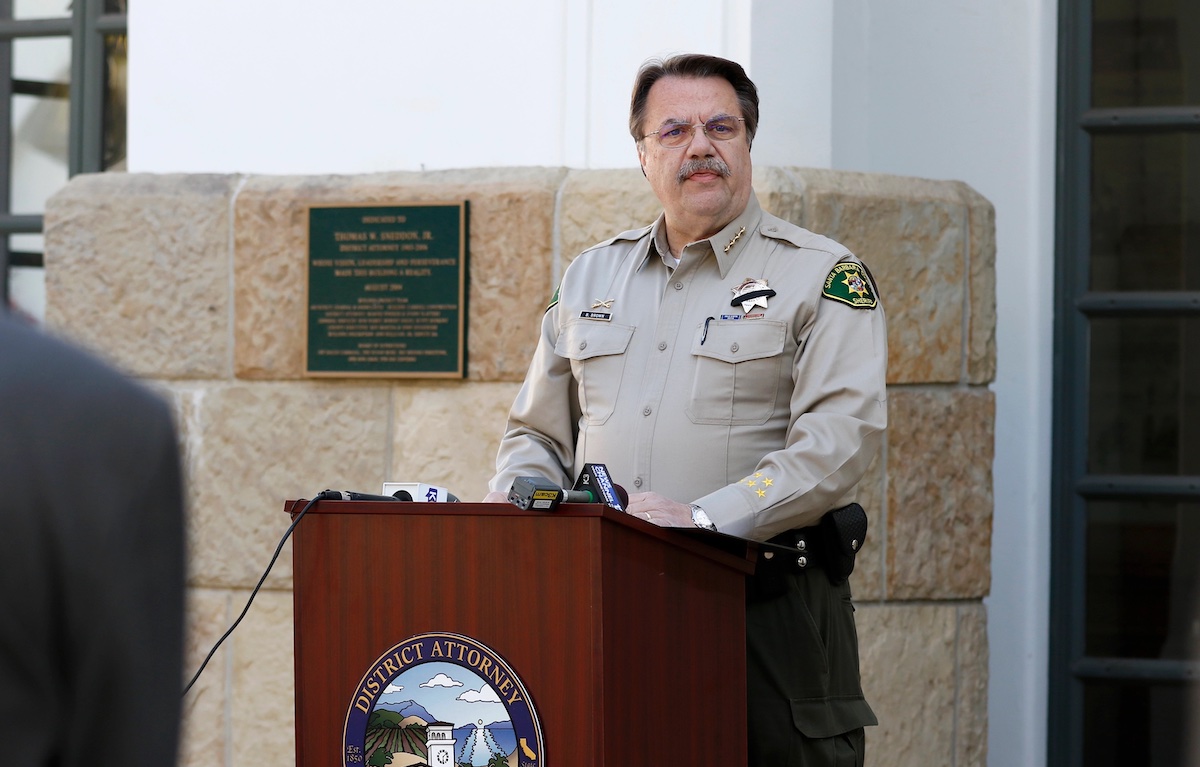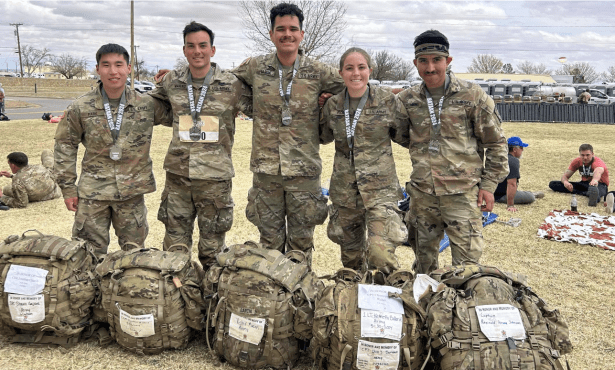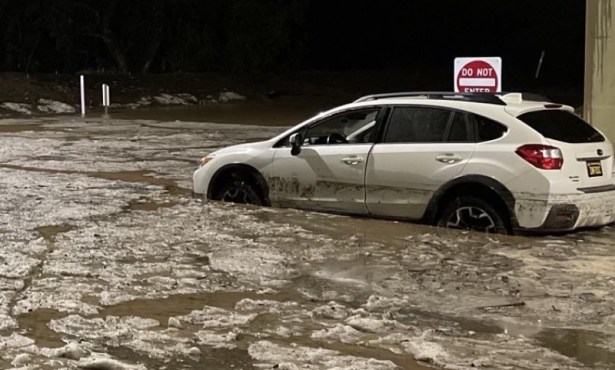Training, Co-Response, and Opioid Crisis Key Budget Topics for Sheriff
Santa Barbara County Sheriff Bill Brown Discusses Department Goals

Santa Barbara County’s opioid crisis will be the most difficult challenge confronting the Sheriff’s Office in the coming months, said Sheriff Bill Brown at the Board of Supervisors budget workshop on Tuesday. According to his office, 133 people died of drug overdoses in the county last year, the highest the county has ever had. “This crisis has resulted in an extraordinary number of unnecessary deaths,” said Brown, summarizing his budget and performance report to the Board of Supervisors. “It is also an opportunity for us to have the biggest bang for a buck in terms of our resources and collective resources in the county.”
The Sheriff’s Office is working to introduce Project Opioid, a collaborative planning process by various stakeholders to address the opioid crisis at both the supply and demand level. These stakeholders include local government, law enforcement, the medical community, faith-based organizations, educators, and businesses. Third District Supervisor Joan Hartmann and 4th District Supervisor Bob Nelson are also members of the Project Opioid task force.
Santa Barbara County would not be the first jurisdiction to implement Project Opioid. Brown said that his office is borrowing the idea from the sheriff’s office in Florida’s Seminole County. According to Brown, Seminole County reduced their fatal drug overdose rate by 75 percent in the five years the county has been carrying out the project. “If we achieved the same result last year, we could have saved a hundred lives — going forward, we could save hundreds of more lives.”
Sign up for Indy Today to receive fresh news from Independent.com, in your inbox, every morning.
In his presentation, Brown also discussed the role of the three co-response teams operating in Santa Barbara County. Since 2019, the Sheriff’s Office and the Department of Behavioral Wellness have been collaborating to respond to calls for service involving people with mental illness and substance abuse problems, with the objective of connecting them with appropriate services and minimizing involvement with the criminal justice system.
Currently, the three co-response teams work from 8 a.m.-6 p.m.: seven days a week in the South County Operations Division and four days a week in North County. As a result of these limited hours, the teams were only able to handle 54 percent of service calls in the past year. Chief Deputy Craig Bonner of the Sheriff’s Office suggested that staffing for an additional five teams would result in much improvement. “[Five additional teams] would increase COR [co-response] coverage to 20 hours per day, seven days a week for the entire county,” he said. The Behavior Sciences Unit estimated that eight COR teams would increase the call response rate from 54 percent to around 85 or 90 percent.
The Sheriff’s Office had hoped to get at least 30 percent of deputies to attend a 40-hour Crisis Intervention Training course from 2021-2022, but only managed to reach 10 percent. Brown explained that this was due to staffing shortages caused primarily by COVID-19, which has resulted in many law enforcement personnel working overtime. He assured the Board of Supervisors, however, that the Sheriff’s Office would be able to fill all open positions in the coming year. “It’s almost a self-fulfilling prophesy,” he explained, “because the number of staff we have affects morale — people seeing that we are working diligently to fill these positions without lowering our standards is as good a recruitment tool as any.”
Support the Santa Barbara Independent through a long-term or a single contribution.



